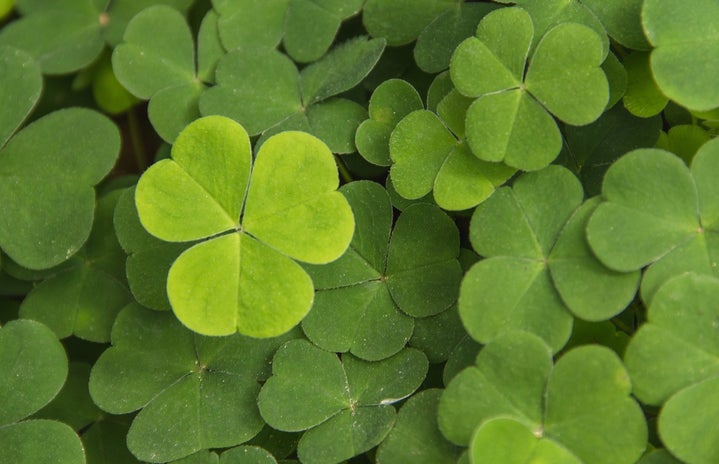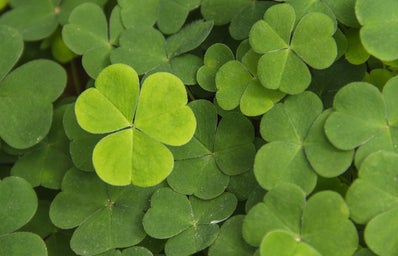Laurier is famously known for its outrageously large street parties, and St. Patrick’s Day is definitely a fan favourite. But it didn’t start as a simple excuse to get drunk.
St. Patrick’s Day was intended to be a celebration of Saint Patrick, a man acclaimed for “finding God” and converting the Irish (who were Pagans) to Christianity – which we evidently should celebrate because it’s obviously really great to abolish religions that aren’t your own. Regardless, Saint Patrick died on March 17, so we celebrate on March 17.
Interestingly enough, most of what we know about Saint Patrick is from the Declaration, which is allegedly written by the man himself, which can put into question the validity of what we know. Because there’s no reason for an old historical figure to lie to make himself look better, definitely no reason at all.
Today, St. Patrick’s day is less about celebrating the man and more about testing the limits of how much alcohol you can consume before you get alcohol poisoning. While I don’t endorse overdrinking or underaged drinking, it still happens. Which begs the question, how did drinking become such an integral part of the holiday?
Well, St. Patrick’s Day falls during Lent, and typically there are restrictions on eating or drinking alcohol, which are lifted for the day. This means that for the first time in a while, people are free to drink. As time passed on, and traditions became less about the meaning and more about just doing the tradition, the drinking became less symbolic.
Another well-known tradition is wearing green clothing and accessories; added to that is the typical shamrock. It’s believed that Saint Patrick used the three leaves of the shamrock to explain the concept of the Holy Trinity to the Irish people. Three happened to be considered a significant number in Pagan Ireland.
The green clothing is a nod to the fact that green has been associated with the Irish people for centuries, due to the book Lebor Gabála Érenn. In the book, a snake bite retained a green mark after it healed. Later on, the green harp flag, which was used by the Irish Catholic Confederation, would become a prominent reason for the color’s popularity. As green began to gain traction as a color representative of the country, more and more groups adopted it as well.
Some people also believe wearing green became popular due to folklore depicting green as a way to be invisible to leprechauns, and if you weren’t wearing green, they would pinch you. Hence the pinching some people do on St. Patrick’s Day.
Traditions surrounding the holiday are a tad more eclectic than the traditions we’re used to, but their history is deeply rooted and fascinating. More so, despite celebrating a Christian figure, the holiday has significant ties to Paganism. It’s a nice reflection of how traditions can’t always be traced to just one group of people.



